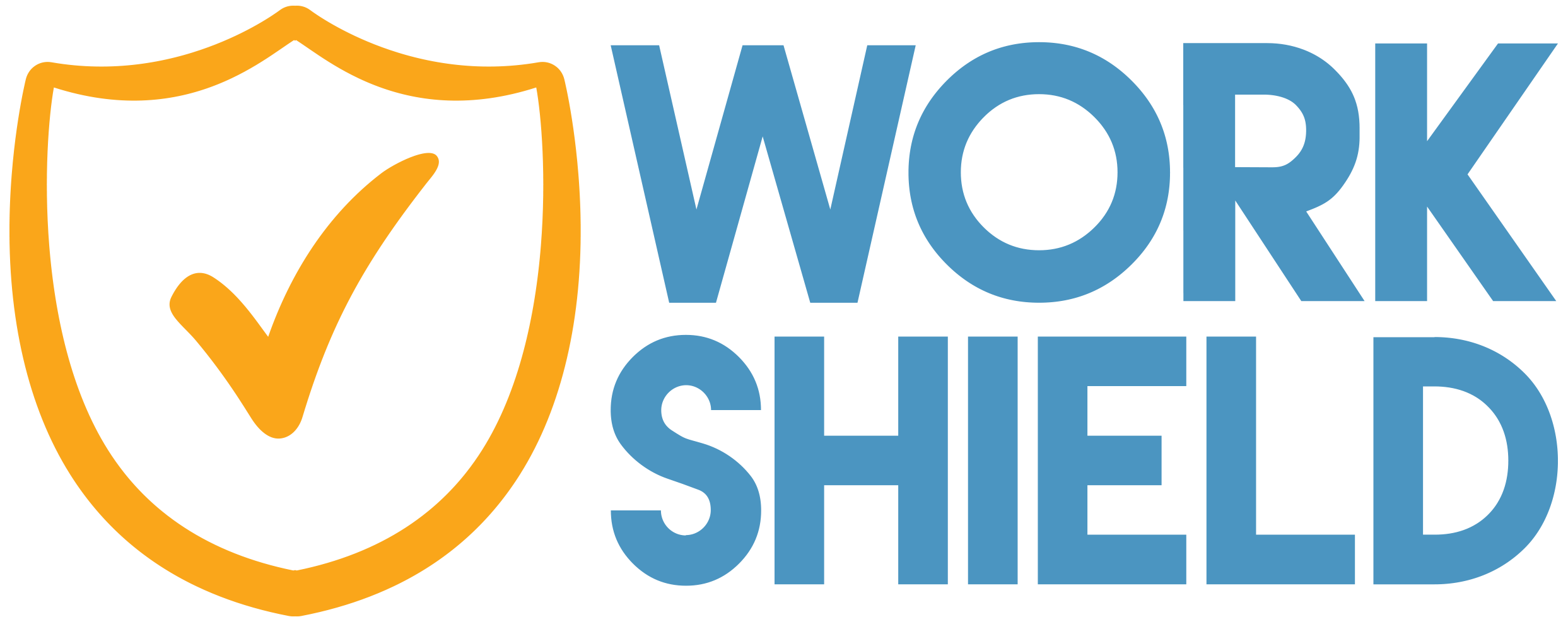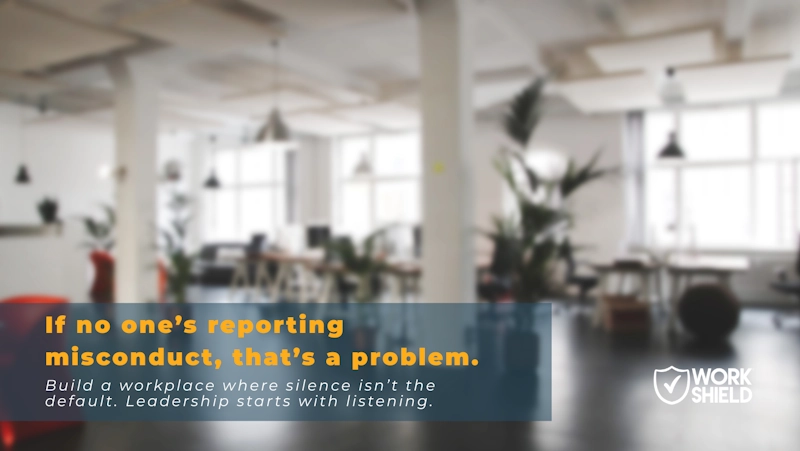A hostile work environment can impact every part of an organization, harming reputation, productivity, engagement, performance and more. A recent study from the American Psychological Association found that 19% of workers say their workplace is somewhat or very toxic, while 22% of workers shared that they had witnessed discrimination in their workplace.
In addition, the study showed that industries with higher risk factors, such as customer service jobs, manual laborers, and office workers, reported verbal abuse at work, while 1 in 10 manual laborers reported experiencing displays of physical violence while at work. Due to the prevalence of the issue, organizations must understand how to address and resolve misconduct to prevent hostility in the workplace and mitigate correlated risks.
The Equal Employment Opportunity Commission (EEOC) has found that 75% of individuals who experience misconduct in the workplace do not report it. This unresolved misconduct can create a hostile workplace that exposes an organization to increased risk of litigation, reputational damage, and turnover, harming overall business performance.
Recognizing the impact of hostile work environments, as well as the increased risk and liability that they create, it’s vital that organizations can clearly recognize the signs of hostility and understand how to effectively address the issues.
What is Hostility in the Workplace?
The EEOC defines a hostile work environment as a workplace that consists of misconduct, such as harassment in the workplace. This behavior could include verbal insults, physical assaults, sexual harassment, intimidation, isolation or retaliation. Harassment violates Title VII protections, which protect employees from discrimination based on race, color, religion, sex, national origin, older age, disabilities or genetic information. When these incidents occur and are not properly reported, investigated and resolved, it allows for toxicity and hostility to flourish.
Research shows that hostile work environments can negatively impact employee mental health and productivity, decreasing performance by 20%. In addition to harming employee output and performance, hostility can impact an organization’s bottom line, using costly resources for internal investigations in addition to legal fees if issues reach litigation.
To mitigate these risks, organizations must proactively address hostility in the workplace, taking necessary steps to root out toxicity.
How to Address a Hostile Work Environment?
By effectively addressing issues of misconduct, organizations can set a standard for what is and is not tolerated in the workplace, while also mitigating potentially costly risks. A timely and thoughtful response from human resources and organizational leadership is critical when assessing a hostile work environment and identifying the root cause of the toxicity. Organizations should thoroughly investigate incidents immediately after they are reported and respond appropriately based on policies and compliance standards.
For a standardized approach, organizations must have updated policies regarding the types of misconduct that constitute a hostile work environment, providing clear guidance on what is and is not tolerated in the workplace and the disciplinary action for this behavior. Similar to policies, organizations must have established processes and procedures in place for employees to follow if they experience or witness an abusive work environment. Employees and the organization must be able to effectively follow these processes, whether internally or through a third party, to address any misconduct.
Understanding the impact of misconduct management, as well as the time-intensive nature of its effects, organizations should consider leveraging third-party solutions that provide comprehensive management of these incidents. By offering secure reporting and robust investigation services, organizations can capture proper documentation, conduct unbiased evaluations and provide timely resolutions when addressing incidents of misconduct in their organization.
Tips for Creating a Compliant and Ethical Work Environment
While updated policies and procedures can offer clear guidance and instruction when an incident occurs, it’s also important for organizations to regularly train employees and management on compliance and ethical standards.
By conducting training exercises on an ongoing basis, this can provide employees with a comprehensive understanding of any new compliance guidelines or updated policies and procedures. These factors can help employees understand how to appropriately respond and report misconduct incidents, such as hostile behavior within the workplace.
In addition, with proper tracking in place, such as third-party reporting dashboards, organizations can monitor misconduct management data and analytics for critical insights and strategic opportunities. This data can provide a real-time look at the status of their organization’s health and identify critical compliance needs. Organizations can identify opportunities to streamline resources for the most effective investments.
Building a Workplace of Integrity and Trust
For organizations, it’s critical to mitigate risk of misconduct and prevent a hostile work environment. Through a proactive approach, organizations can respond effectively and in a timely manner to ensure each incident is handled appropriately and root out any offensive behaviors within the workplace. In addition, with third-party misconduct management solutions, such as Work Shield, organizations can experience comprehensive misconduct management, inclusive of safe and secure reporting, unbiased investigations and timely resolutions for a full-service approach to misconduct management.
To learn more about how to root out toxicity and mitigate risks from a hostile work environment, check out Work Shield’s misconduct solution here.





